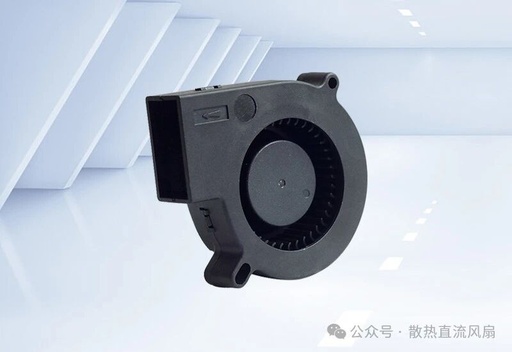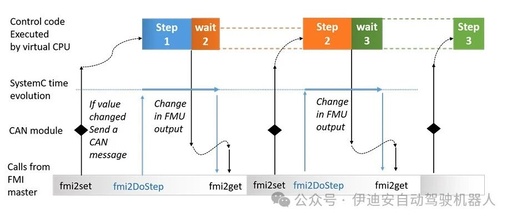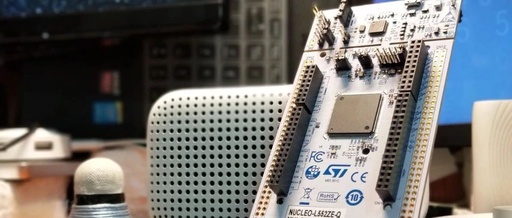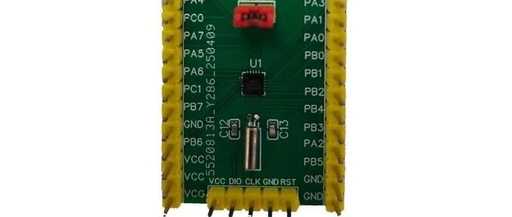What Happens If a Computer Lacks a Cooling Fan?
In the modern technological era, computers have become an indispensable tool in people’s lives. The cooling fan, as one of the key components for heat dissipation in computers, plays an important role. However, what problems arise if a computer lacks a cooling fan? 1. Overheating Issues: The main function of the cooling fan is to … Read more









